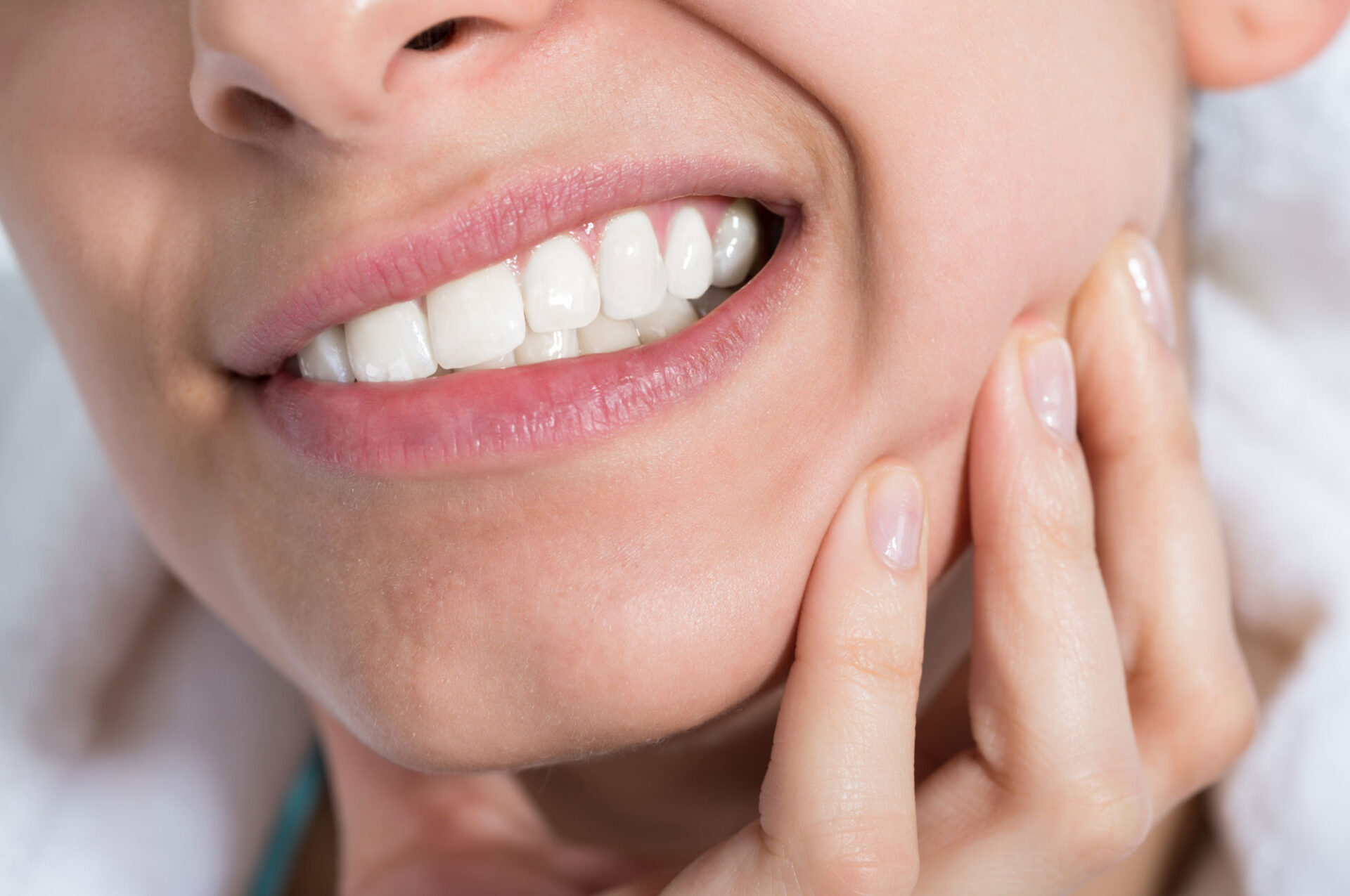Sensitive Teeth? Here’s How to Enjoy Ice Cream Again
If you love ice cream but wince at every cold bite, you’re not alone. Sensitive teeth can turn simple pleasures like eating ice cream, sipping cold drinks, or even brushing into an uncomfortable experience. The sharp, sudden pain is often caused by exposed dentin, weakened enamel, or underlying dental issues. Fortunately, there are ways to reduce sensitivity and enjoy your favorite frozen treats again. Seeking professional advice from a sydney park dentist can help identify the root cause of your sensitivity and provide effective treatment options.
What Causes Tooth Sensitivity?
Understanding why your teeth react to cold foods is the first step in finding a solution. Common causes of tooth sensitivity include:
- Enamel erosion: Acidic foods, aggressive brushing, and grinding can wear down enamel, exposing the sensitive dentin underneath.
- Gum recession: When gums pull away from the teeth, they expose the roots, which are more sensitive to temperature changes.
- Tooth decay or fractures: Cavities and cracks can leave nerve endings vulnerable to hot and cold stimuli.
- Worn fillings or dental work: Old fillings, crowns, or worn-down restorations may expose sensitive areas of the tooth.
Once you pinpoint the cause, you can take steps to manage and reduce sensitivity.
Simple Ways to Reduce Tooth Sensitivity
You don’t have to give up ice cream forever—these strategies can help you enjoy it without discomfort.
1. Use a Toothpaste for Sensitive Teeth
Switching to a desensitizing toothpaste can help block pain signals to the nerves. Look for products containing potassium nitrate or stannous fluoride, which strengthen enamel and reduce sensitivity over time. Use it consistently for the best results.
2. Brush Gently and Use a Soft-Bristled Toothbrush
Brushing too hard or using a hard-bristled toothbrush can wear down enamel and irritate gums. Instead:
- Use a soft-bristled toothbrush.
- Brush in gentle, circular motions.
- Avoid excessive pressure, especially along the gumline.
Proper brushing technique protects your teeth while keeping them clean and healthy.
3. Limit Acidic Foods and Drinks
Acidic foods weaken enamel and contribute to sensitivity. Try to reduce your intake of:
- Citrus fruits (lemons, oranges, grapefruits)
- Soda and energy drinks
- Vinegar-based dressings
- Coffee and wine
If you do consume acidic foods, rinse your mouth with water afterward to neutralize the acid.
4. Eat Ice Cream the Right Way
If you’re eager to enjoy ice cream without the pain, try these tricks:
- Use a spoon instead of biting – Let the ice cream melt slightly on the spoon before putting it in your mouth.
- Avoid direct contact with teeth – Let the ice cream touch your tongue first rather than your front teeth.
- Opt for lower-sugar options – Excess sugar can worsen sensitivity by contributing to decay.
5. Wear a Mouthguard if You Grind Your Teeth
Grinding (bruxism) can wear down enamel, making teeth more sensitive. If you suspect you grind your teeth at night, a custom-fitted mouthguard can protect them from damage.
6. Rinse with Fluoride Mouthwash
Fluoride strengthens enamel and helps reduce sensitivity. Use a fluoride mouthwash daily to provide extra protection for your teeth.
7. Schedule a Dental Check-Up
If sensitivity persists, it may be a sign of a more serious issue. A dentist can:
- Apply fluoride treatments for added protection.
- Perform bonding or sealant treatments to cover exposed dentin.
- Recommend professional solutions like gum grafting for receding gums.
Regular check-ups ensure that any underlying problems are caught early and properly treated.
With the right care and precautions, you can enjoy your favorite cold treats again without discomfort. By making small adjustments to your oral care routine and seeking professional guidance when needed, sensitive teeth don’t have to stop you from indulging in ice cream and other frozen favorites.
Read More: The Task of Expert Roofing Services

